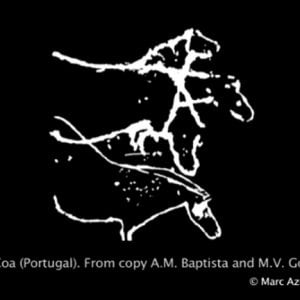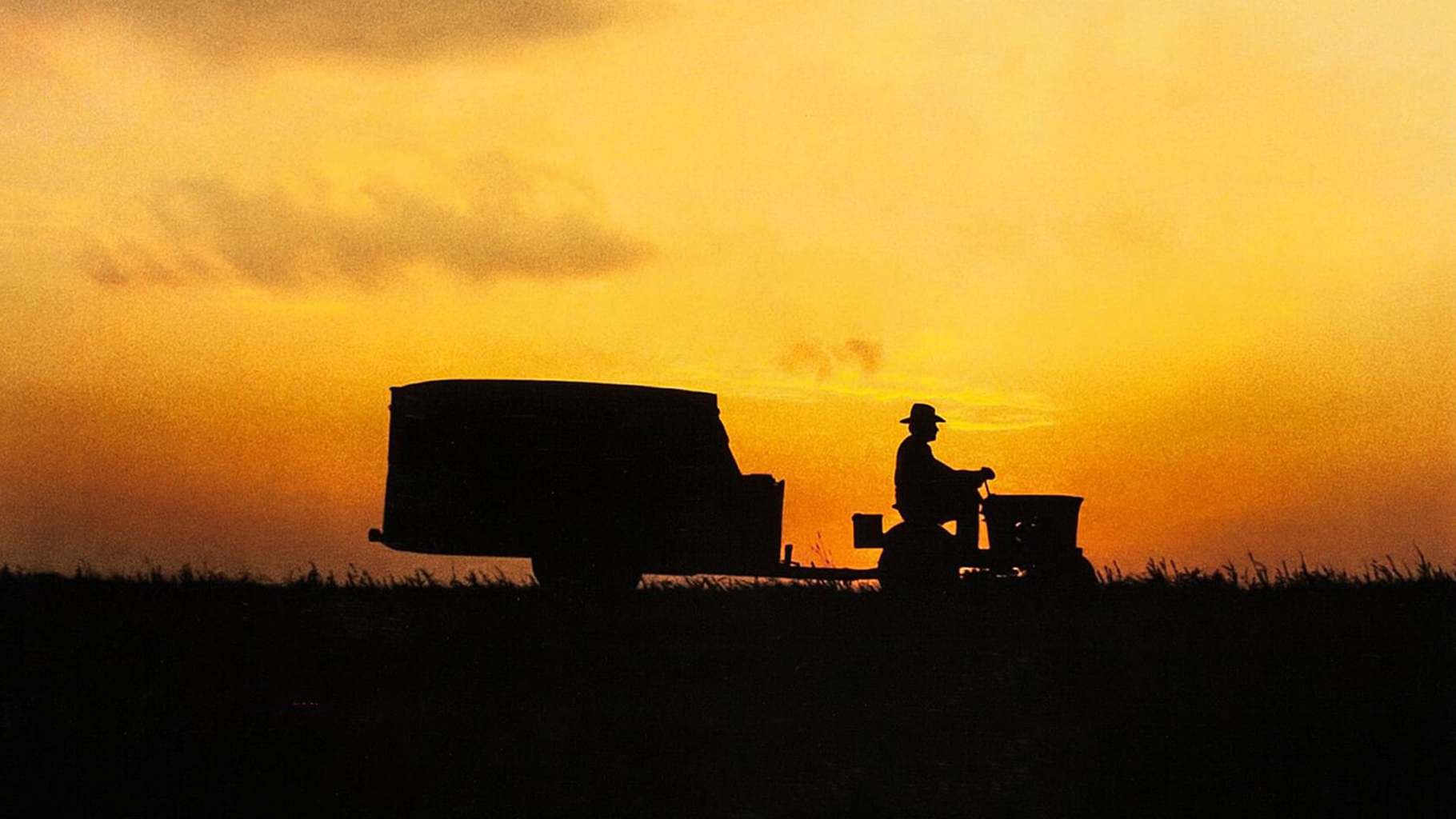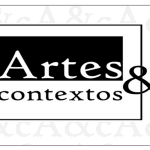Ajuda-nos a manter viva e disponível a todos esta biblioteca.

A few years ago, Werner Herzog’s acclaimed Cave of Forgotten Dreams pulled off an unlikely combination of technology and subject matter, using the latest in 3D cinema to capture the oldest known manmade images. But in the view of French archaeologist and filmmaker Marc Azéma, it must have made perfect sense as a kind of closing of a grand cultural loop. More than twenty years of research has made him see the kind of up to 32,000-year-old cave paintings shown in Herzog’s film as sequential images of man and beast, not just static ones — moving pictures, if you like — that emerge when arranged in a certain way.
O Artigo: Was a 32,000-Year-Old Cave Painting the Earliest Form of Cinema?, foi publicado em Open Culture
The Post: Was a 32,000-Year-Old Cave Painting the Earliest Form of Cinema?, appeared first on Open Culture
Assinados por Artes & contextos, são artigos originais de outras publicações e autores, devidamente identificadas e (se existente) link para o artigo original.







